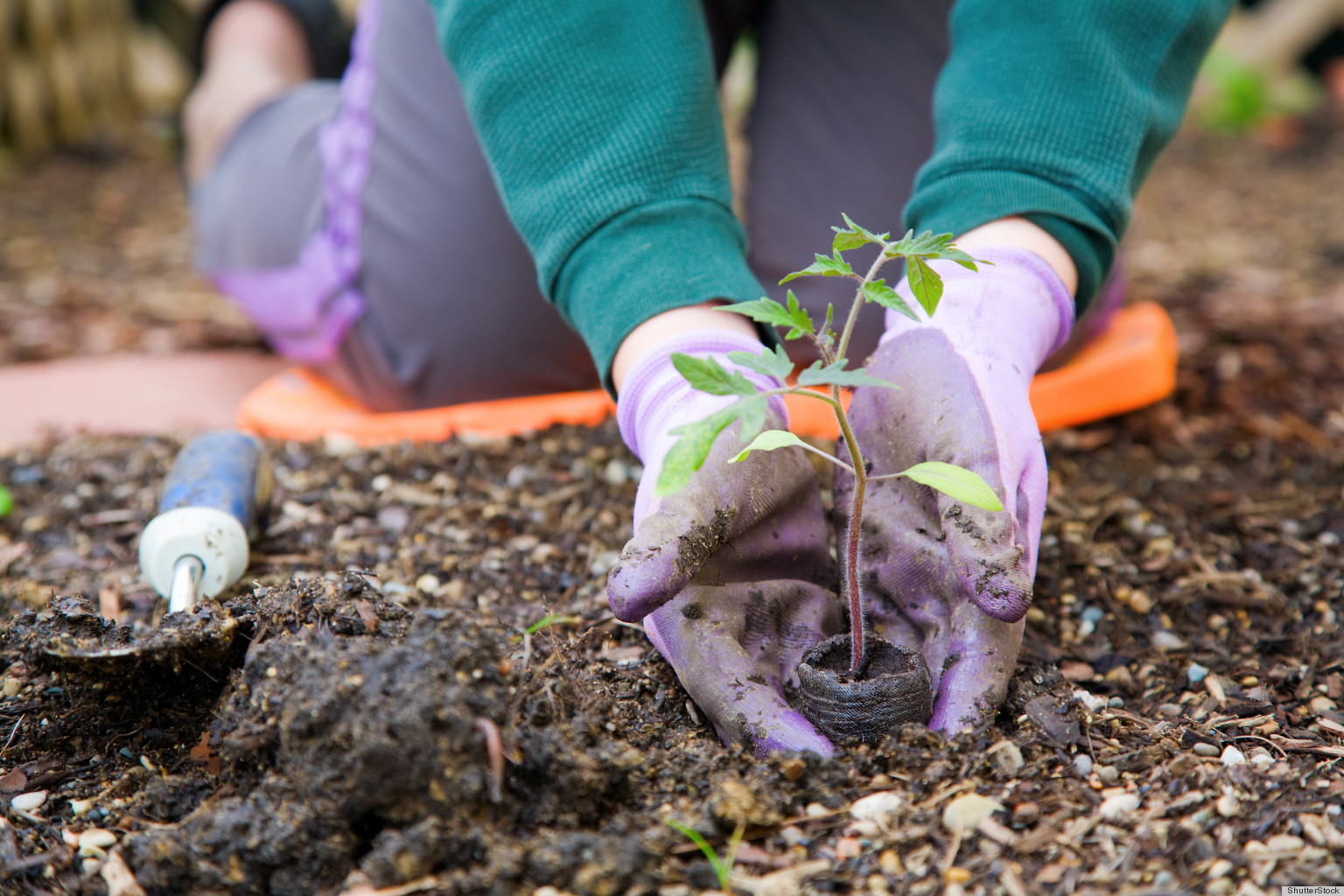One type of glove is
not made to fit every different gardening job. You need to choose a pair of
gloves that is perfect for what you are going to be using them for…

L&A Safety offers a wide range of gloves, including those that can be used for gardening, take a look at the L&A Safety's website or pop into one of their stores in Cape Town, Vredenburg or Robertson.
Here are the four
different types of gloves used for gardening.
Cloth Gloves – These
gloves are usually made from strong cotton or knit jersey. The most common
gardening tasks they are used for is planting, mixing soil, cultivating and
raking. Cloth gloves are popular because they are cheap and can be used
multiple times, however they’re not pleasant to wear when your hands are wet
and you’ll have to replace them quite often.
Leather Gloves – Made
from either cowhide, pigskin, sheepskin or goatskin, leather gloves are best
suited for heavy gardening chores like planting, shoveling, moving rocks and
using power equipment. These gloves are durable and keep your hands dry when
working in wetness, but they can be expensive to buy.

Rubber-Coated Gloves –
Nothing will ever get through these gloves, which is great if you’re working
with wet soil, fungicide and liquid garden fertilizers, but we warned that they
do puncture easily. Rubber gloves are great because they act as a second skin
and you can even wash your hands with them on, but they don’t breathe so they
can leave your hands clammy.
Nitrile Gloves – Great
as multi-purpose gardening gloves and the best choice when working with
fungicides and fertilizers because they offer a watertight barrier. Nitrile
gloves are cheaper than leather gloves and allow for good dexterity in the
garden, the only disadvantage is that soil particles can seep through the
surface.
Gardening is literally
a hands-on task, so you need to choose a pair of gloves that allow you to work
effectively on your gardening tasks, but at the same time protect your hands in
the process.

No comments:
Post a Comment